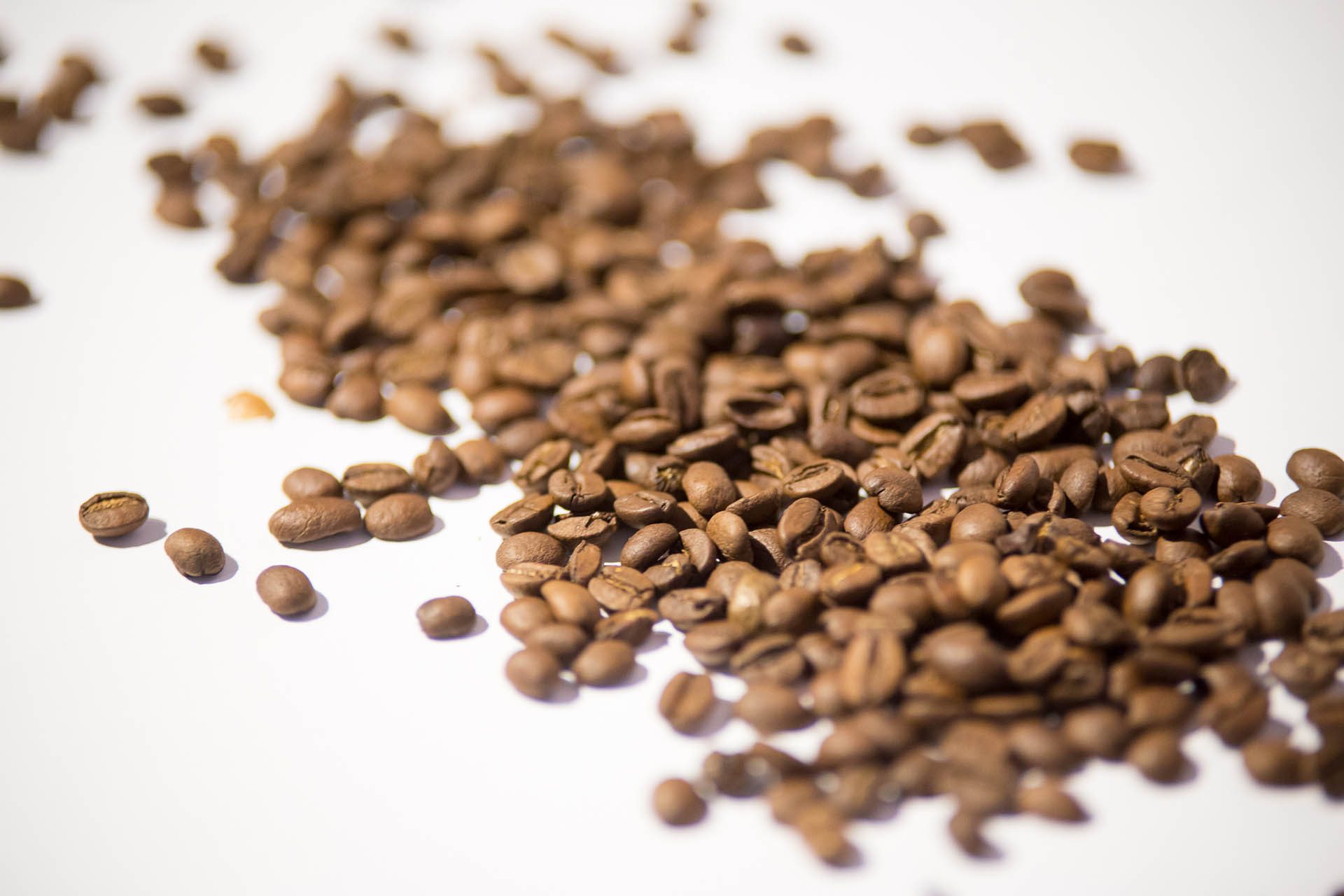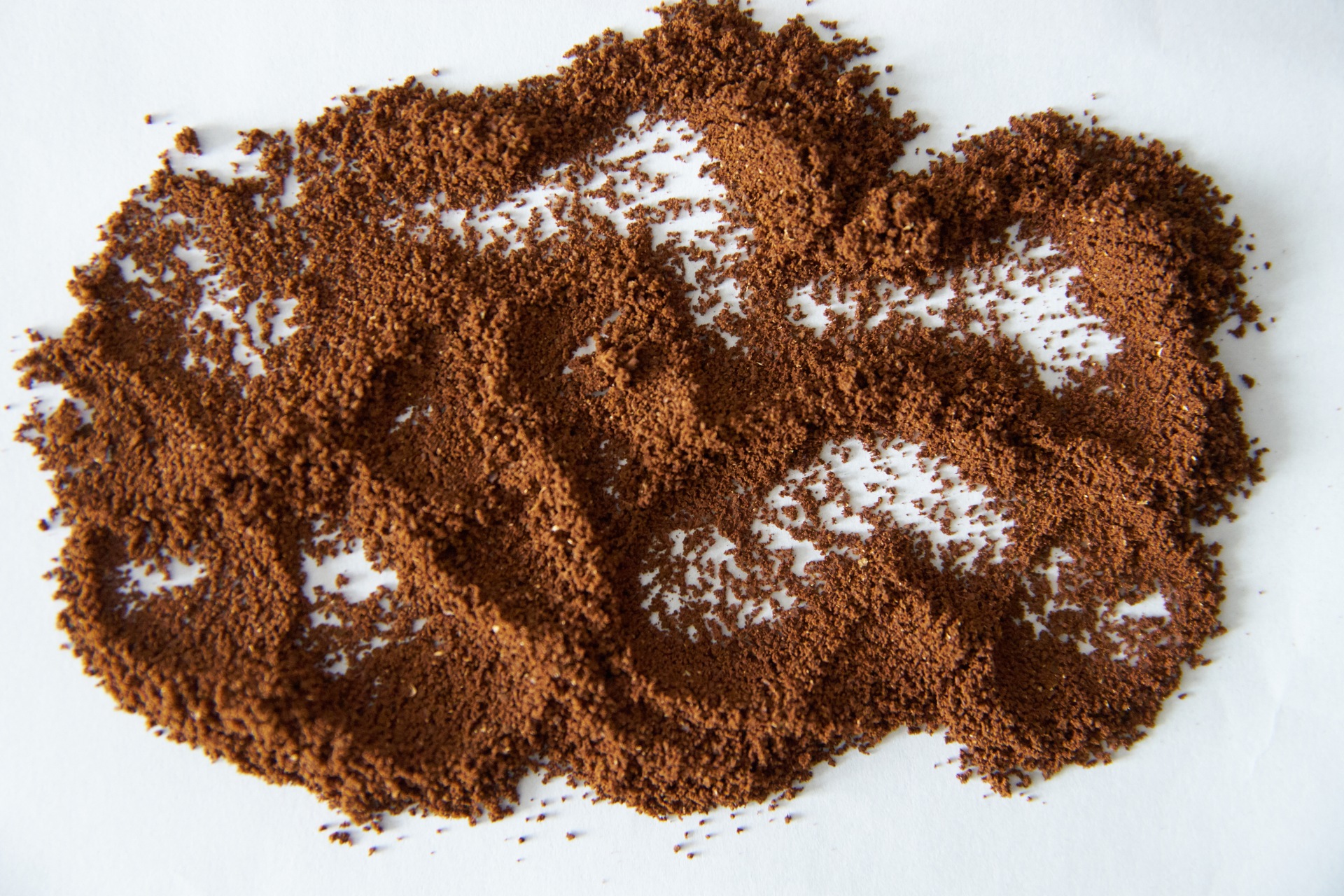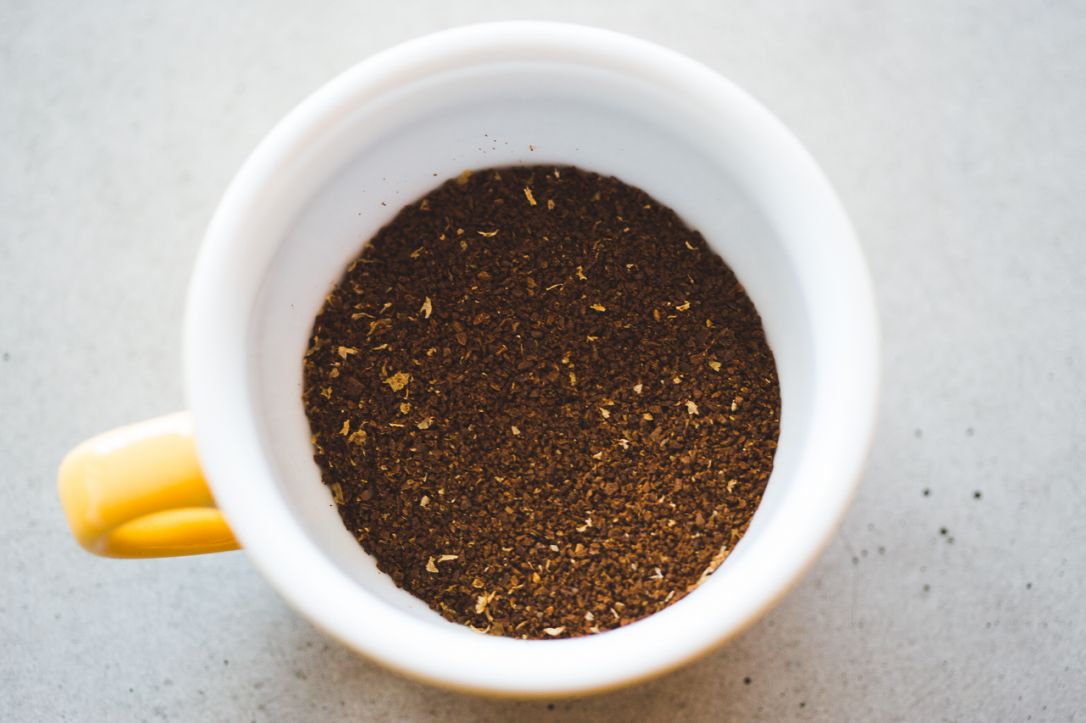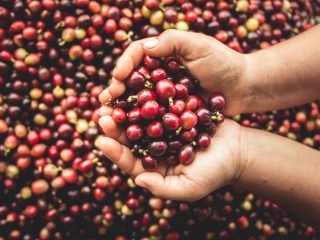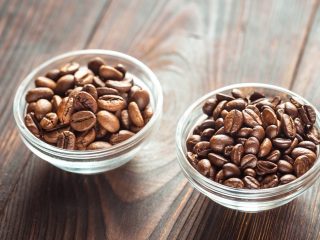From time to time, the Internet is flooded with information about a carcinogen found in commonly-used products. It is no different with coffee which, due to the high-temperature roasting process, is exposed to various processes that are not always healthy. This time we are taking a close look at acrylamide. How does it get in the coffee, how much of it is there and should we care about it at all?
What is acrylamide?
You put potatoes in a pan, the aminoacids and hydrocarbons contained in them, due to the Maillard’s reaction, make them beautifully brown and amazingly delicious and, at the same time, BOOOOM, acrylamide is formed.
Going deeper into the chemical concepts, acrylamide – an organic compound with C3H5NO formula – is formed by reaction of aminoacids and hydrocarbons in temperatures above 120 degrees. It is present in every third food product, generally everywhere where products containing hydrocarbons are subject to frying or roasting. The largest amounts of acrylamide are contained in: French fries, cereals, crisps, bread, cookies, cocoa … and coffee. It is difficult to avoid it at all (unless you are fond of Raw Food) and it is also present in cigarette smoke and many industrial products (paints, plastic, glue or even cosmetics). It is not new to our bodies, as thermal processing has been used by humans since they mastered dealing with fire, while the first studies on acrylamide were published only 15 years ago.
Cancerogenic, slightly cancerogenic, not cancerogenic?
Acrylamide has been classified by WHO as group 2A:
possibly cancerogenic.
That has been indicated by tests on rats and mice, which were fed much more acrylamide than is found in our French fries and which experienced various mutations and nervous tissue degeneration. However, no effect has been shown with commonly present quantities and it has not been properly tested on people (!), so acrylamide is considered potentially cancerogenic. Well, it is always better to be safe than sorry and minimize its presence in your diet than to eat more of it. But, as for now, coffee is safe.
Again: coffee is safe.
Interesting fact:
According to WHO, group 1 cancerogens, i.e. those proved to be cancerogenic beyond reasonable doubt, include alcohol, UV radiation (solarium), polluted air, cigarettes, asbestos and processed red meat; and if you cannot believe the first or the last one, you should read the full list of definite cancerogens that scientists warn against and you often do not care much about.
So how much acrylamid is there in coffee?
Whichever coffee we take, all of them contain acrylamide (except for green coffee which is not subject to thermal processing). The very process of its formation is influenced by so many factors that the exact quantities may vary depending on a roaster and even between batches from the same manufacturer. The quantity of acrylamide in robusta or arabica is not significanly different, neither in various versions of green beans processing before roasting, nor after decaffeination – since the quantity of acrylamide only depends on the roasting process.
In case of all food products, the longer and in the higher temerature they are processed, the worse, but it is not true for coffee. It turns out that some of the acrylamide formed in the process is destroyed during further roasting. Therefore, the tables show that light-roasted coffee contains more acrylamide than dark-roasted coffee. Another unusual phenomena about coffee and acrylamide is the fact that its quantity may decrease, which has not been observed in any other product (but please, please let’s not promote stale coffee because of that…).
Instant coffee is a different story which, although it is subject to the same roasting process, is the acrylamide queen due to its condensed form with acrylamide concentration reaching even 470 µg/kg. It may be dethroned only by cereal coffee containing even 800 µg/kg, which is absolutely logical, since the most acrylamide is formed by cereal containing mainly carbohydrates. However, it is hard to qualify cereal coffee – since almond milk cannot be called milk, and peanut butter cannot be called butter, cereal coffee should not be called coffee, HELLO THE EUROPEAN UNION!
And if we stop the study here, it would not look too good, since coffee would have one of the highest acrylamide content among food products. However, as long as you do not eat roasted coffee beans for breakfast, you should be most of all interested in how much acrylamide is there in coffee brew. The tables say the following:
Acrylamide content in coffee in ppb (µg/kg), based on FDA7 tests
| Brand | Type | Raw | Brewed |
| Nescafé Classic Instant Coffee | Instant | 471 | 6 |
| Folgers Classic Roast Instant Coffee | Instant | 458 | 6 |
| Taster’s Choice Gourmet Roast Instant Coffee | Instant | 411 | 6 |
| Safeway Instant Coffee | Instant | 371 | 6 |
| Folgers Classic Roast (medium roast), Lot 2 | Beans | 353 | 13 |
| Maxwell House Original Signature Blend, Lot 1 | Beans | 250 | 8 |
| Caribou Coffee Rainforest Blend Whole Bean Coffee | Beans | 180 | NA |
| Starbucks Coffee Colombia | Beans | 163 | 7 |
| Seattle’s Best Coffee Medium Roast Coffee | Beans | 91 | NA |
| Dunkin’ Donuts Coffee Regular | Beans | NA | 10 |
| McDonald’s Regular Coffee | Beans | NA | 8 |
| 7-Eleven Regular Coffee | Beans | NA | 5 |
The amount of acrylamide in coffee after brewing reaches similar values: from 5 to 13 ppb (or micrograms per kilo). And here comes the question: is it a lot? Let’s compare a cup of black coffee to popular sources of acrylamide:
A packet of Pringles’, 160 g, 693 ppb; Large French fries from McDonald’s, 150 g, 428 ppb; Toast bread, 120 g, 60 ppb; Kellog’s corn flakes, 50g, 77 ppb; brewed Starbucks coffee, 300 g, 7 ppb. The calculation is based on the FDA7 data.
The cancerogenic effect of acrylamide in tests on animals has been proven for doses from 1 up to 60 mg/kg of bodyweight/a day, so from 1 thousand to even 100 thousands times higher than the generaly available quantities in food. This dose is impossible to achieve with food, even with an incredibly large amount of consumed French fries and coffee. The highest known values of acrylamide in food reach 4 000 µg/kg, however, most of the products contain far less than 1600 µ g/kg. It is estimated that we consume only 0,2-1µg / kg of the bodyweight a day.
In one test on rats, the daily dose of acrylamide was 2 mg per kg of the bodyweight. When converted to 60 kg of a person, it would be 120 mg, i.e. 120 000 µg of acrylamide. To repeat the rat doses you would have to consume one of the following in 1 day and then continue the diet for some time:
1 875 large portions of French fries
4 000 loafs of toast bread
3 529 packets of cornflakes
60 000 cups of black coffee
So should we worry or not?
In Poland, the largest source of acrylamide in the diet is bread (even 50% of the consumed dose),while coffee is responsible for 14-28%. Interestingly, the Irish claim that for them coffee is just 2%, but it is probably because they eat more French fries. In Sweden, on the other hand, which is famous for drinking much more coffee, it is estimated that coffee is responsible for more than half of the daily intake of acrylamide from food.
The actions of the world’s largest health agencies regarding the issue of acrylamide are focused on influencing the industry by encouraging food manufacturers to seek methods that limit the amount of acrylamide in food, which has been achieved even in the case of crisps or French fries (though not in the case of coffee). FDA suggests that if you want to cut down on acrylamide in your diet, you should focus on eliminating products that are not commonly considered heathy in many other respects – another packet of crisps or a large portion of extra French fries, with the content of saturated acids, trans acids and large quantities of sodium that are much more harmful to your health. In any recommendations there is not a word to suggest limiting coffee intake 🙂
Many click-bait texts, however, describe the highest concentrations of acrylamide in instant coffee instead of coffee brew, as it is easily shocking and misleading. You can easily find a text saying that acrylamide “precipitates from coffee beans”, as if it was an ingredient of green beans. Do not be fooled by texts with indecipherable headers and if you want to learn more about acrylamide in coffee, take a look at the following sources, where WHO/FAO, FDA, several universities and the Polish Institute of Food and Nutrition provide a bit smarter analysis of that issue.
Sources:
U.S. Department of Health and Human Services, Food and Drug Administration, Guidance for Industry Acrylamide in Foods, March 2016
Seventy-second meeting of the Joint FAO/ WHO Expert Committee on Food Additives (JECFA), EVALUATION OF CERTAIN FOOD CONTAMINANT, 2011
Sixty-fourth report of the Joint FAO/WHO Expert Committee on Food Additives, EVALUATION OF CERTAIN FOOD CONTAMINANT, 2006
Katedra Biofizyki Skażeń Środowiska, Wydział Biologii i Ochrony Środowiska, Uniwersytet Łódzki, Bożena Bukowska i inni, TOKSYCZNOŚĆ AKRYLAMIDU I JEGO METABOLITU – GLICYDAMIDU, 2013
Instytut Żywności i Żywienia, Akryloamid w żywności – czy jest się czego obawiać?, January 2018
U.S.Food and Drug Administration, You Can Help Cut Acrylamide in Your Diet, March 2016
U.S. Food and Drug Administration, Survey Data on Acrylamide in Food: Individual Food Products

